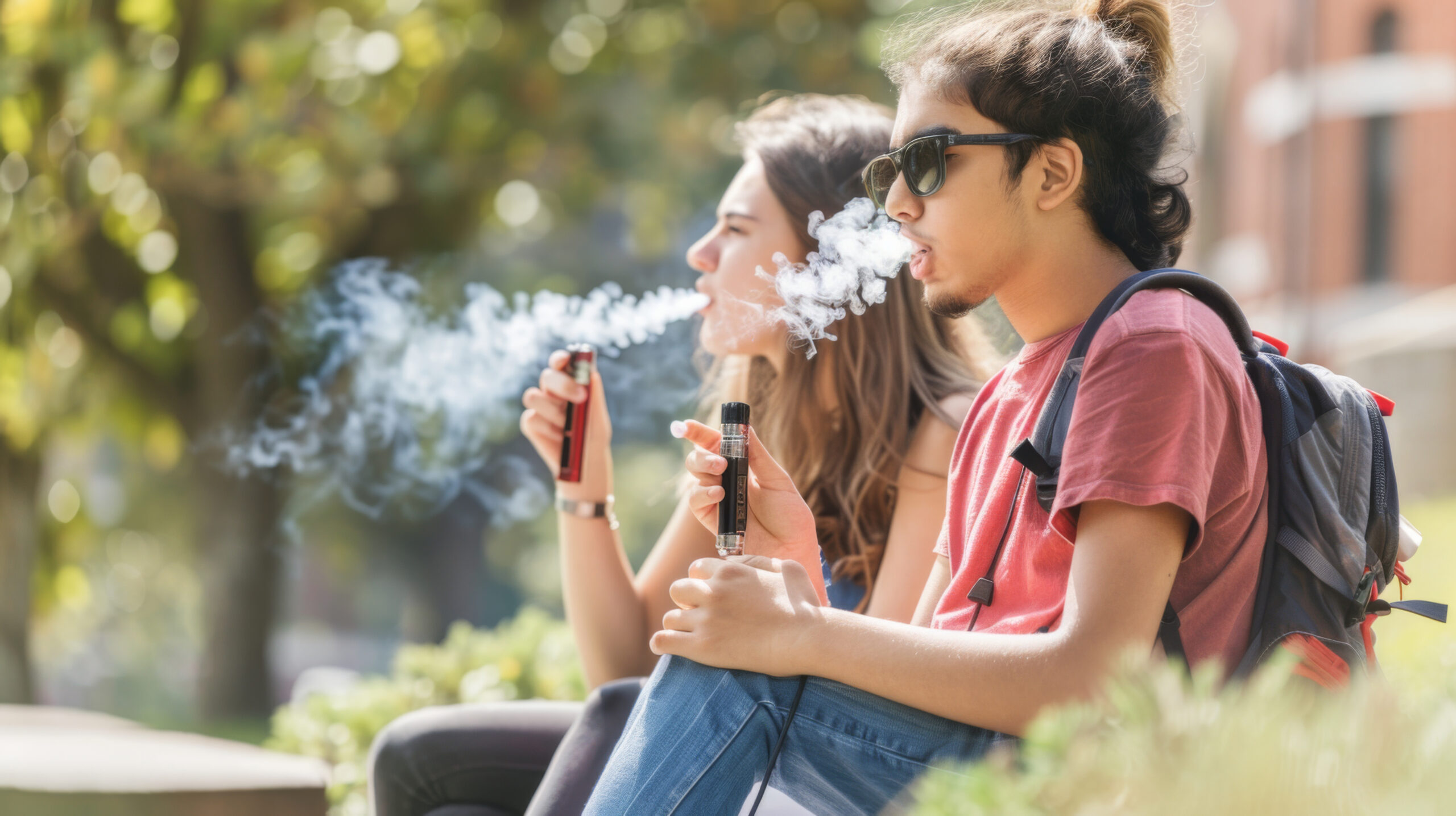The toxicity of vaping flavours – new research
New research highlights the toxicity of vaping “juices” regardless of whether they contain nicotine or not.

Recent research led by Donal O’Shea of the RCSI University of Medicine and Health Sciences reveals alarming data about the chemical composition of vape ingredients.
This is not a surprise and something that Allen Carr’s Easyway have been highlighting for many years. It’s a huge concern given the increasing popularity of vaping among non-smokers, including teenagers. A shocking 7.6% of 11-17-year-olds currently vape in the UK.
Analysis of vaping juice
The study employed AI technology to analyse the chemical makeup of 180 vaping flavours, simulating the breakdown of these chemicals when heated in vaping devices.
This process led to the identification of 127 acutely toxic compounds, 153 health hazards, and 225 irritants.
For example, despite containing no nicotine, flavours like strawberry and melon produced volatile carbonyls – compounds linked to diseases such as COPD, cardiovascular issues, and potential cancers.
These findings demonstrate a broad range of potential health risks associated with the inhalation of these compounds, which include nicotine-free and flavoured vapes.
One startling revelation is that nearly every tested flavour contained at least one substance labelled a health hazard, with many containing several.
This discovery underscores the need for stringent regulatory measures to cover the production and sale of vape products.
Government and health responses
In response to these findings, the UK government has proposed measures such as banning disposable vapes and restricting sweet and fruity flavours in the hope that it curbs vaping among youngsters. Allen Carr’s Easyway has been calling for tight regulation of the production and sale of vapes for more than 10 years.
Although vaping is believed to be less harmful than smoking it still has many health risks. It will be years before the true dangers of vaping are known – but more evidence is accumulating each year.
The long-term health concerns
The study warns that as a result of the chemical exposures it has identified, there could be a new wave of chronic diseases emerging over the next 15 to 20 years.
This possibility highlights the need for public health initiatives that prevent youngsters from falling into nicotine addiction, whether in the form of smoking or vaping .
Why does this matter?
Any non-smoker who might consider starting to vape needs to fully understand the potential mental and physical health risks of vaping.
Comment from Allen Carr’s Easyway
The concerns about vaping and the ingredients that are used in vape devices is not new and we’ve been expressing them for more than 10 years. This research adds to the ever-increasing body of evidence showing the dangers and health risks of vaping. Vaping is not safe and is highly addictive.
Allen Carr’s Easyway is here to help anyone find their way to freedom.
If you looking to stop vaping for good, check out Allen Carr’s Easyway to stop vaping programmes, and also read our how to stop vaping guide for more information.
References
1. Forecasting vaping health risks through neural network model prediction of flavour pyrolysis reactions. Kishimoto, Wu & O’Shea
Scientific Reports volume 14, Article number: 9591 (2024)
https://www.nature.com/articles/s41598-024-59619-x




